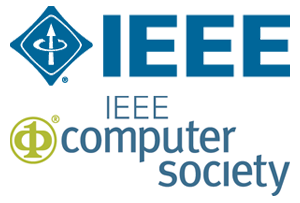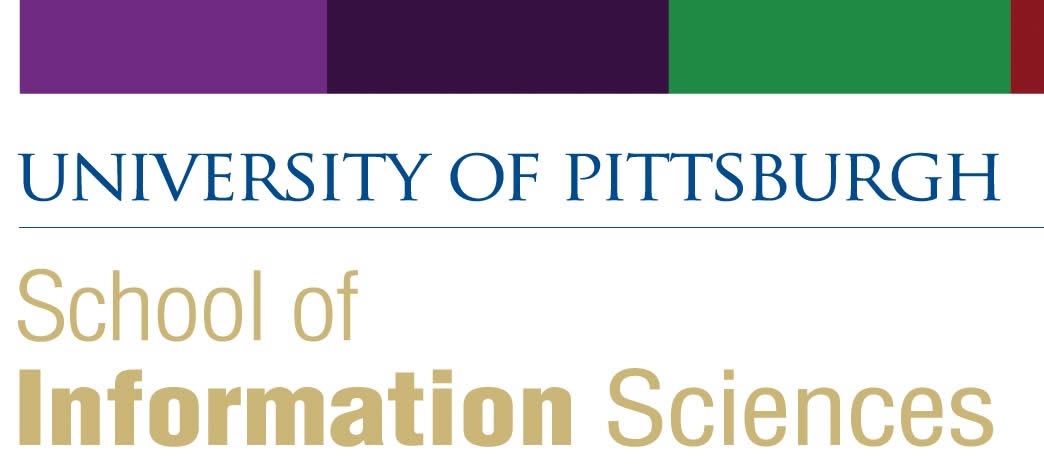IEEE IRI 2016
Pittsburgh, Pennsylvania, USA
July 28-30, 2016
IEEE IRI 2016
Pittsburgh, Pennsylvania, USA
July 28-30, 2016
Abstract: Healthcare is undergoing massive changes. The imperative to control costs, improve quality and better access is more real today than ever before. Innovation is the ability to see change as an opportunity - not a threat. Creating exceptional healthcare innovations requires a level of passion, commitment and process that is truly purpose driven and meaningful. This keynote explores the basis of life changing innovation and outlines the imperative to move from data to actionable insights, to impactful change that is meaningful for the industry at large. Information integration and intelligent reuse of data to get to critical actionable insights plays a critical role towards such innovation.
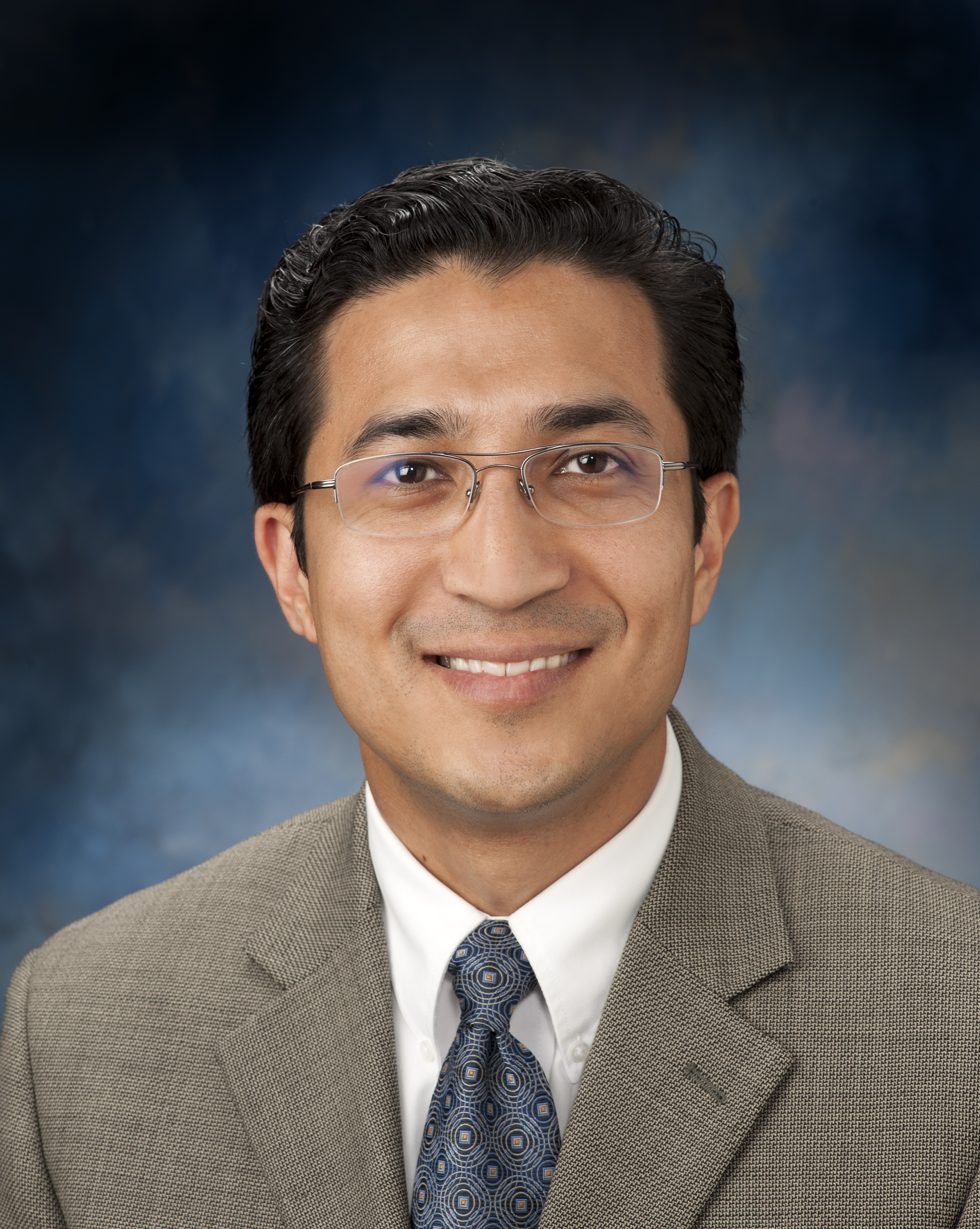
Bio: As Chief Innovation Officer, Dr. Shrestha is responsible for driving UPMC’s innovation strategy, serving as a catalyst in transforming the organization into a more patient-focused and economically sustainable system. A cross-functional team collaborator, he is committed to preparing and empowering UPMC for the future of health care. By driving alignment among stakeholders, championing new technologies, and tearing down organizational roadblocks, he creates an environment that accelerates idea generation and the conversion of ideas into reality.
In addition to leading innovation at UPMC, Dr. Shrestha also serves as Executive Vice President of UPMC Enterprises, pushing the needle in the pursuit of a unique blend of health care intelligence, technology expertise, and entrepreneurial drive to develop inventive and commercially successful solutions that address complex health care challenges. Dr Shrestha leads a team of over 200 technology professionals innovating towards intelligent health care, building patient-centric, value-based technology solutions that are transforming the industry. Through strategic partnerships, joint development agreements, and investment in start-ups, he champions the development, implementation, and commercialization of these innovations. More
Abstract: The term "Cybersecurity," continues to remain an elusive concept as applied to information systems ("InfoSys"), defined as the combination of digital information and the hardware and software germane to it. This whitepaper proposes a thought experiment whereby loose analogies are drawn between Information Security ("InfoSec"), defined as a combination of security controls applied to an InfoSys), and Parrondo's paradox, a game theoretical thought experiment whereby a combination of losing strategies becomes a winning strategy. Accordingly, the Cybersecurity Paradox considers the possibility that there exist a pair of games, each with a higher probability of losing than winning, for which it is possible to construct a winning strategy by playing the games alternately. In this case, the losing games involve the successful discovery and exploitation of one or more vulnerabilities in an InfoSys accoutered with the most comprehensive set of InfoSec controls (meeting the requirements of correctness and completeness, among others), and the winning strategy is the ability to exploit such an InfoSys. This paradox is devised in light of the Brownian ratchet, a thought experiment devised by renowned physicist Richard Feynman about a machine that can purportedly extract energy from random heat motions. The thought experiment becomes less paradoxical when noting the existence of three simple games at play here, two of which have losing probabilities and one of which has a high probability of winning, allowing the existence of an overall winning strategy. Under such analogy, this paper considers why an attacker playing seemingly-losing games in defeating Cybersecurity measures can always have a winning strategy of ultimately defeating such measures. In so doing, this paper considers what effects certain software/hardware engineering practices such as code/logic reuse may have on the Brownian ratchet, and the resulting paradox.
Bio: Prof. Mozano has over two decades of professional experience in Information Technology and Information Assurance, having started his first IT/IA business at age 12. He is currently the Chief Technology Officer of Circadence, Inc., leading the development of cutting edge Artificial Intelligence technologies in Cybersecurity and malware detection, as well as development of Massively Multiplayer Online (MMO) games for advanced Cybersecurity training. He is also a professor at the graduate Cybersecurity engineering program, and the graduate Cybersecurity leadership program at the University of San Diego, as well as being a Navy Reserve Officer in the Information Warfare Community. Previously, Mr. Mozano was a Cybersecurity Science & Technology lead at the Department of Navy, developing advanced solutions to counter malicious actors. He has extensive experience with software design, development, testing, and reverse engineering in both the private and public sector, and his experience includes information operations/warfare and its associated elements (operations security [OPSEC], deception/military deception [MILDEC[, psychological operations/military support operations [PSYOP/MISO], electronic warfare [EW], computer network operations [CNO], and CNO Planning for the United States Cyber Command, the Marine Forces Cyber Command, and various other governmental agencies at a classified level.
He holds a Juris Doctorate as well as graduate degrees in Electrical & Computer Engineering, Operations Research & Industrial Engineering from The University of Texas at Austin, and undergraduate degrees in Microbiology, and Management Science & Information Systems from the University of California, San Diego. His past careers included a stint as a geneticist, several years of legal practice as a commercial and public sector litigator, Lean Manufacturing consulting at Fortune 100 organizations, and teaching undergraduate programs at the California Polytechnic Institute, among other pursuits. His spare time is spent with family and developing 3D MMO Real-time Strategy (RTS) videogames.
Abstract: Networks are dynamic. Consider, for example, social media networks, semantic networks, and hostility networks among countries and non-state actors. In all these cases, as new events occur and time passes change occurs in presence, strength and influence of the "nodes" - e.g., people, ideas or countries, and the "links" - e.g., re-tweets, co-occurrence or attacks. Understanding influence and change in such a dynamic environment poses a series of challenges both for data collection and analysis. Such challenges include, but are not limited to data fusion, bot detection, and sentiment assessment. These challenges are illustrated using a series of examples. Examples are drawn from the Benghazi consulate attack, perceptions of NATO, and early Tsunami warnings.
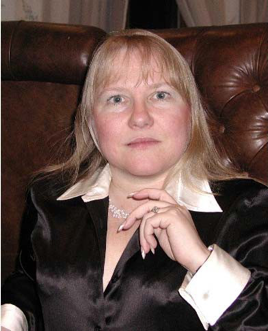
Bio: Dr. Carley is a Professor of Computer Science in the Institute for Software Research, IEEE Fellow, and Director of the Center for Computational Analysis of Social and Organizational Systems at Carnegie Mellon University. She joined Carnegie Mellon in 1984 as Assistant Professor Sociology and Information Systems. In 1990 she became Associate Professor of Sociology and Organizations, in 1998 Professor of Sociology, Organizations, and Information Technology, and in 2002, attained her current role as Professor of Computation, Organization, and Society. She is also the CEO of Carley Technologies Inc. aka Netanomics. More
Abstract: The Internet of Things (IoT) is paving the way for a seamless integration of the physical and virtual worlds into an ecosystem of smart objects that interact autonomously with each other, fundamentally altering how humans interact with the natural world. This rapidly evolving class of networks will provide capabilities that far exceed the computational intelligence, autonomy, functionality and reliability of today’s computing and network systems. In the not so distant future, IoT will transform every aspect of lives, increasing our ability to connect to, interact with and control everything around us. Enabling these complex networks, however, requires new paradigms to advance our knowledge and ability to design these networks so that we can predict their behavior, and to accelerate our ability to understand the intricate relationships between the virtual and physical worlds so that we can harness the potential of deeply integrating these objects in our environments, while mitigating the potential negative impacts of such an integration. The talk focuses on the robust, secure design of IoTs of the future, and discusses grand challenges, research trends and opportunities to build these networks so our lives can depend on them.
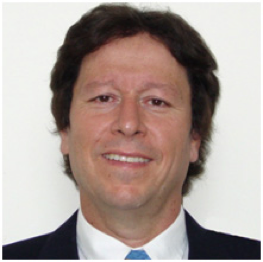
Bio: Dr. Znati is currently Professor and Chair of the Department of Computer. He has served as the Director of the Computer and Network Systems Division at the National Science Foundation. Dr. also served as Senior Program Director for networking research, and led the Information Technology Research (ITR) Initiative, a NSF cross-directorate research program. Dr. Znati's current research interests focus on the design and analysis of evolvable, secure and resilient network architectures and protocols for wired and wireless communication networks. He is a recipient of several research grants from government agencies and from industry. He is frequently invited to present keynotes in networking and distributed conferences both in the United States and abroad. Dr. Znati served as the general chair of IEEE INFOCOM 2005, the general chair of SECON 2004, the first IEEE conference on Sensor and Ad Hoc Communications and Networks, the general chair of the Annual Simulation Symposium, and the general chair of the Communication Networks and Distributed Systems Modeling and Simulation Conference. He serves or has served as a member of the Editorial Board of several journals, including the International Journal of Parallel and Distributed Systems and Networks, the Pervasive and Mobile Computing Journal, the Journal on Wireless Communications and Mobile Computing, and Wireless Networks, the Journal of Mobile Communication, Computation and Information, the Journal on Ad-Hoc Networks, and IEEE Transactions of Parallel and Distributed Systems.
Abstract: Internet of Things is radically changing the way businesses operate and people interact with the physical world. As virtually everything becomes connected—from cars to crops to conveyor belts—businesses can harness the resulting data to improve virtually every aspect of what they do. This session will provide an overview of the Internet of Things (IoT) Industry Solution offerings from the Watson IoT business and how IBM is enabling new business models with integrated solutions. IOT is about sensing and effecting real things - machinery, cars, important decisions - the requirements regarding the integrity of data provenance, data ownership, quality of service, and dependable analytics are higher than in traditional business environments. While this has been achieved in mission critical systems such as nuclear reactors, military systems and medical devices in the past at great cost in specialized solutions, we can apply lessons learned from Cloud and mobile systems management to reduce this cost point and bring these requirements to a wide area of applications.

Bio: Sandeep Gopisetty is an IBM Research Distinguished Engineer and Department Group Manager in IBM Almaden Research Center in San Jose, California. Sandeep is addressing the emerging paradigm shift in the use of mobile and Internet of Things applications for enterprise and health. He is bringing together advanced cognitive and analytics capabilities to create technology that will improve collaboration and governance by integrating clinical, research and social data from a range of data sources to improve patient rehabilitation.
For over 24 years in IBM Research, he is known as strategic thinker in managing technology, research and development, corporate alliance, and development working on new emerging software defined data center, virtualization, IaaS, SaaS technologies. Sandeep has been responsible for developing storage management solutions for enterprise and Cloud and was anointed as Distinguished Engineer and a recipient of three Corporate Awards and numerous Technical Achievement Awards. He is the recipient of over 40 patents and IBM awards including several Corporate Awards, Outstanding Innovation Award and Supplemental Outstanding Technical Achievement Awards for his contributions to the architecture as well as leadership in driving his vision into plan and through implementation with a team that spanned three divisions.
He also developed an Intelligent Character Recognition System for various applications such as IRS Federal and State Tax Forms Processing, Census, Postal Flats and Parcels and has also built a Video Coding System for Postal Applications. He is a recipient of Outstanding Technical Achievement Award and Supplemental Outstanding Technical Achievement Award Character Recognition.
As a department group manager, Sandeep is well versed with management and operational activities that include project proposals, strategic alignments, and interactions with internal and external partners, patent processes, university collaborations and managing a large group of people. He has been recognized for Excellence in People Management.
Sandeep is a member of IBM Academy of Technology.
Abstract: Data is at the heart of science. Scientific disciplines such as Physics, Chemistry and Biology have used data collected from experimentations to validate various theories over the past several centuries. More recently, scientific breakthroughs in multiple disciplines have been facilitated by tools that help researchers analyze massive datasets. For example, a recent editorial by Science argues that “science is driven by data.” There is an increasing consensus that many of the future scientific advances will depend on how well researchers can share data to tackle important problems. While the Science of Security (SoS) is evolving and there are different visions about what “science of cyber-security” means, if what has happened in other scientific disciplines is any indication, we believe that the SoS will be increasingly data driven. We already see evidence of the applicability and effectiveness of a data driven approach. For example, recent advances in cyber-security include gathering data about potential attackers such as their techniques, incentives, and internal communication structures. Solid theoretical foundations for a SoS can be built by using such data to verify or refute theories about cyber-security.
This presentation describes a data driven approach to studying the science of cyber security (SoS). It argues that science is driven by data. It then describes issues and approaches towards the following three aspects: (i) Data Driven Science for Attack Detection and Mitigation, (ii) Foundations for Data Trustworthiness and Policy-based Sharing, and (iii) A Risk-based Approach to Security Metrics. We believe that the three aspects addressed in this presentation will form the basis for studying the Science of Cyber Security.
Acknowledgement: I thank AFOSR for sponsoring this effort as part of the MURI project. I also thank the team members who have contibruted to the paper and presentation including Elisa Bertino, Tim Finin, Kevin Hamlen, Anupam Joshi, Murat Kantarcioglu, Latifur Khan and Tim Oates.
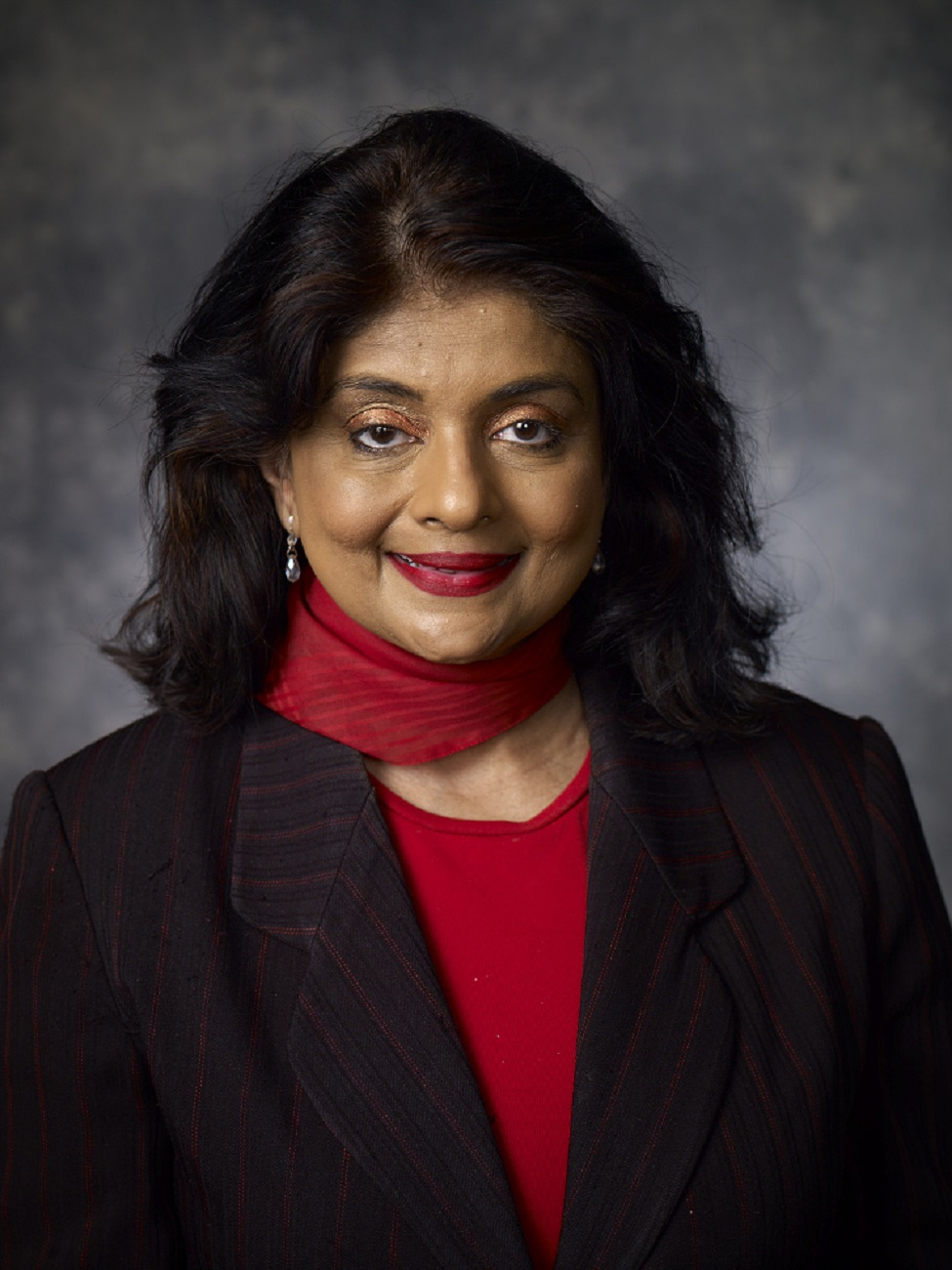
Bio: Dr. Bhavani Thuraisingham is the Louis A. Beecherl, Jr. Distinguished Professor of Computer Science and the Executive Director of the Cyber Security Research and Education Institute (CSI) at The University of Texas at Dallas. She is an elected Fellow of IEEE, the AAAS, the British Computer Society, and the SPDS (Society for Design and Process Science). She received several prestigious award including IEEE Computer Society's 1997 Technical Achievement Award for “outstanding and innovative contributions to secure data management”, the 2010 ACM SIGSAC (Association for Computing Machinery, Special Interest Group on Security, Audit and Control) Outstanding Contributions Award for “seminal research contributions and leadership in data and applications security for over 25 years” and the SDPS Transformative Achievement Gold Medal for her contributions to interdisciplinary research. She has unique experience working in the commercial industry (Honeywell), federal research laboratory (MITRE), US government (NSF) and academia and her 35 year career includes research and development, technology transfer, product development, program management, and consulting for the federal government. Her work has resulted in 100+ journal articles, 200+ conference papers, 100+ keynote and featured addresses, eight US patents (three pending) and fifteen books (one pending). She has been a strong advocate for women in computing and has delivered featured addresses at events organized by the CRA-W (Computing Research Association) , SWE (Society for Women Engineers) and WiCys (Women in Cyber Security).
The 4th IEEE International Workshop on Formal Methods Integration (FMi 2016)
The 5th IEEE International Workshop on Empirical Methods for Recognizing Inference in TExt (EM-RITE 2016)
Information Reuse and Integration in Health Informatics (IRI-HI 2016)
The 5th IEEE International Workshop on Data Integration and Mining (DIM 2016)
The 3rd International Workshop on Information Integration in Cyber Physical Systems (IICPS 2016)
